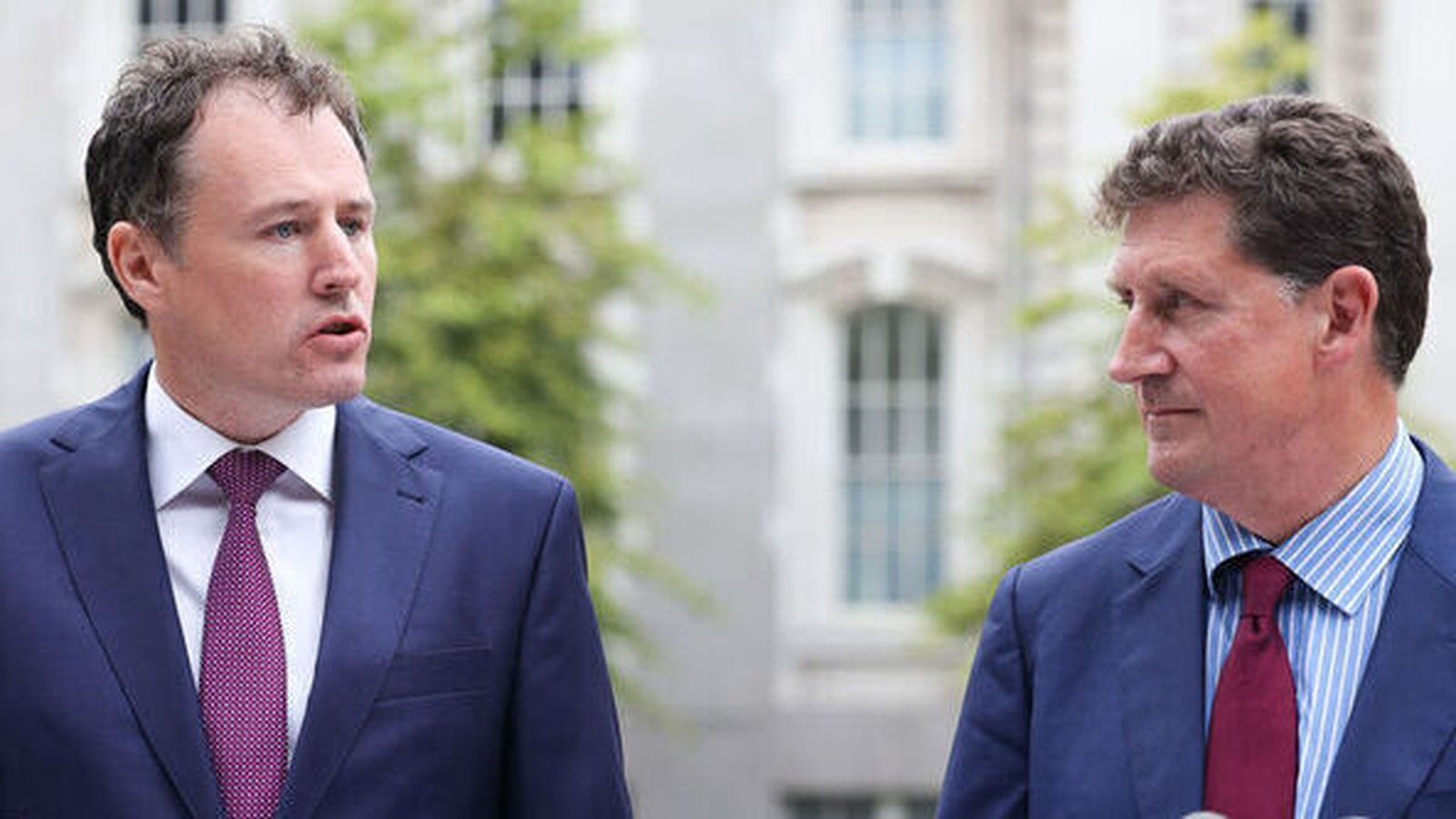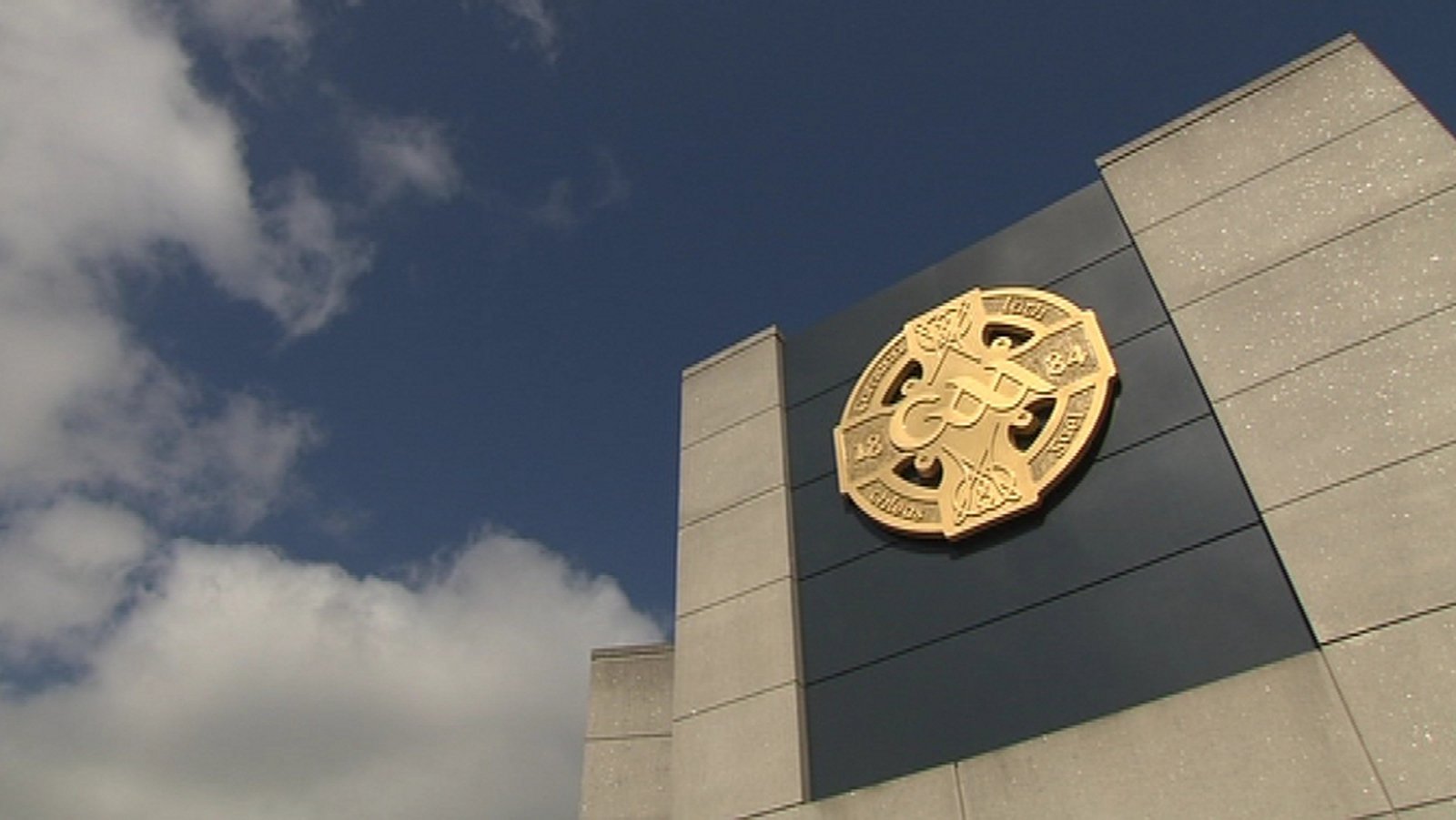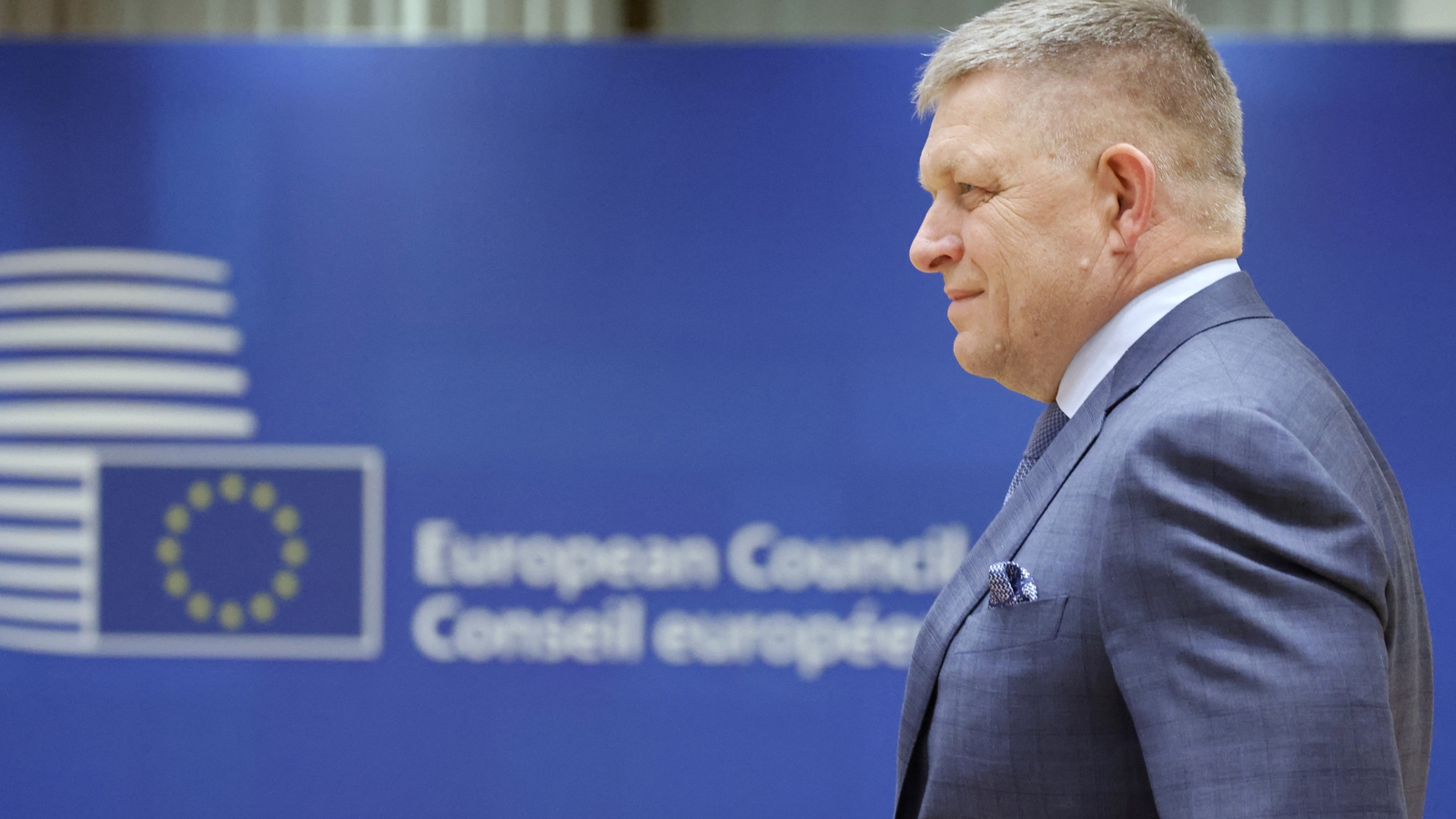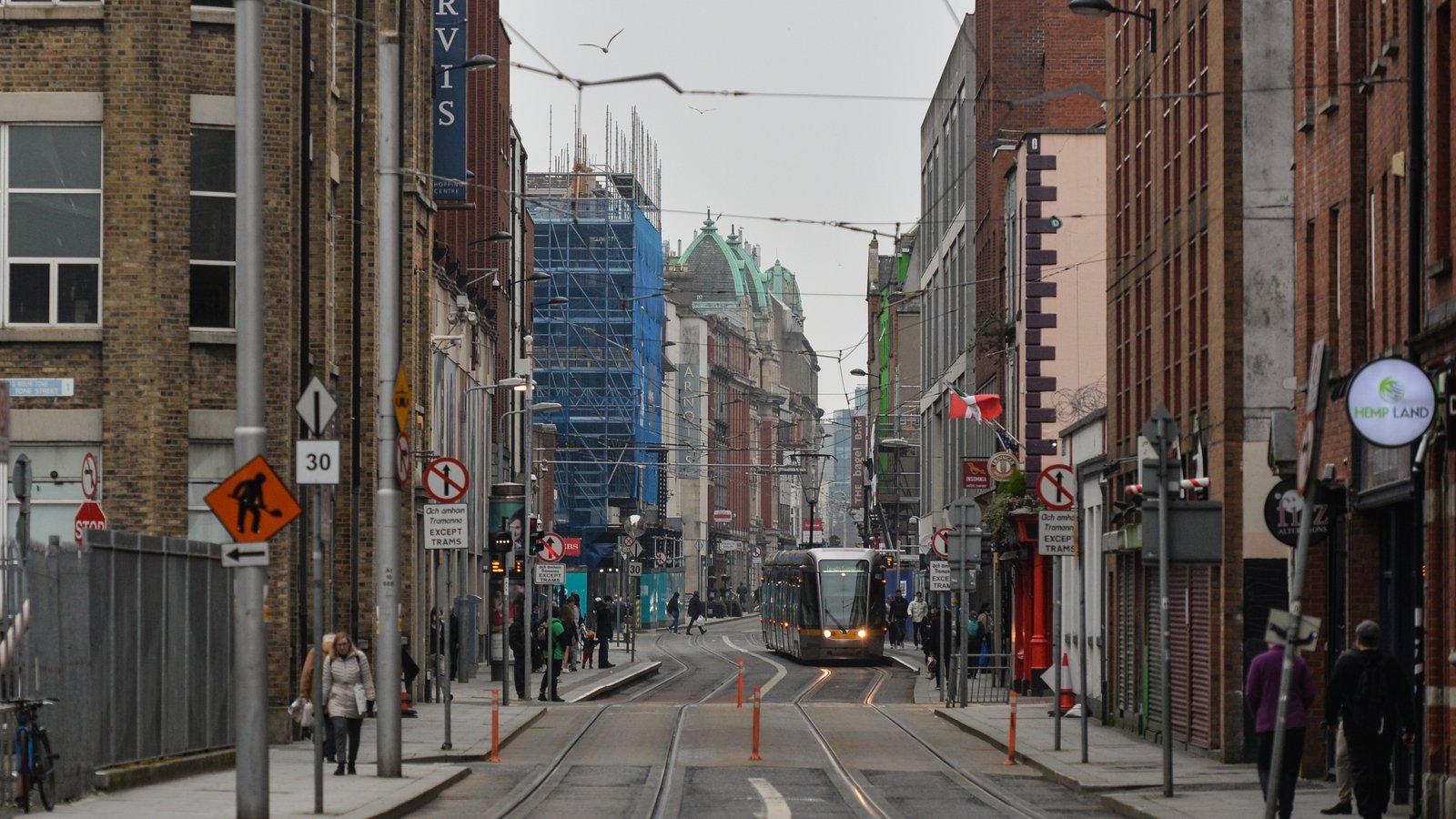Zero-carbon home-grown gas plan to go to Cabinet


A plan to produce zero-carbon home-grown gas from grass and organic waste will be brought to Cabinet this morning by Minister for Climate Eamon Ryan and Minister for Agriculture Charlie McConalogue.
The National Biomethane Strategy is aiming to give farmers a potentially lucrative way to generate additional income.
It is estimated that biomethane could could provide up to 50% of required Irish gas within 15 years.
The strategy is being described as Ireland’s first major policy statement on biomethane and is viewed as an important milestone in the development of an indigenous sector.
Mr McConalogue said he is now seeking an Expression of Interest (EOl) call for a Biomethane Capital grant of €40m.
Under the strategy, up to 200 anaerobic digestion plants will be developed in the country.
Decarbonising energy systems is a key part of Irelands Climate Action Plan, and will depend on the rollout of on and offshore wind and solar energy.
Anaerobic digestion
Anaerobic digestion (AD) is a process that creates biomethane from plant material, animal slurry and food waste.
Biomethane is created in anerobic digestion plants and the Climate Action Plan calls for enough plants to create 5.7 terrwatt-hours (TWh) by 2030.
That would be equivalent to roughly 10% of Irelands overall yearly gas demand.
Biomethane that is generated can be injected into the gas network, reducing imports and will also provide a potential new income for farmers who can supply grass and slurry to the plants as raw material.
“From an agricultural perspective, benefits will include alternative farm income, availability of digestate reducing fertiliser costs and providing alternative land use options for farmers that choose such diversification,” said Mr McConalogue.
According to previous analysis from farm research and advisory body Teagasc, the biomethane strategy will have a significant impact on farming in Ireland, and a significant impact on sectoral emissions too.
Barry Caslin, Teagasc Energy and Rural Development Specialist, said reaching the 5.7TWh goal will need up to 200 AD plants in the country and will need a lot of raw material.
He said: “To meet the biomethane targets an estimated total land area of 120,000 hectares (297,000 acres) will be required to cultivate the necessary silage for AD plants.
“That is less than 3% of available agricultural land.
“Additionally winter slurry from 1.3 million cattle will be needed, representing roughly 20% of all winter cattle slurry production in Ireland.”
Farmers’ concern
There are currently 7 million cattle in Ireland.
Removing land from agricultural production and opting to supply AD plants will result in new farm income as farmers cut up to three cuts of silage or other crops per year for the plants.
It will result in a reduction of livestock and livestock based methane emissions.
However, farmers will be concerned that the price they are paid to sign up to AD is fair.
In a statement to RTÉ News, the Irish Creamery Milk Supplier Association (ICMSA) said: “Farmer interest and participation will ultimately depend on whether it makes sense for them.
“As a minimum, farmers supplying into AD facilities will require guaranteed payment rates for defined periods and not vague assurances or expressions of good will.”
In addition, Mr Ryan is considering placing an obligation on suppliers of fossil fuels for heating purposes to ensure an increasing proportion of the energy they supply is renewable.
This will support the development of the biomethane industry.
A new high level Biomethan Implementation Group will be created in his department to support the implementation of the National Biomethane Strategy and to seek further funding for 2026.
‘Climate Tipping Points’
Mr Ryan will also update Cabinet about the rapid rate at which the climate is deteriorating, defying even the predictions of many climate scientists.
A memo entitled ‘Climate Tipping Points,’ which was described a sobering, states that if Government accelerates all of the climate strategies and policies it has in place, Ireland can meet the challenges of climate head on.
Mr Ryan will tell colleagues that already things are turning around with retrofitting targets being broken month on month and 700 homes going solar every week.
He will say too that rising sea levels, storm surges and extreme waves pose an ever-increasing threat to coastal cities and towns, and will require significant investment, potentially diverting large amounts of government resources from health and education.
Mr Ryan will remind the Cabinet that 2023 was the warmest year on record here.
In June, an extreme marine heat wave occurred off the west coast where sea surface temperatures reached 5.5C above normal, which resulted in tropical and freak rainfalls and damaging flash flooding.
Additional reporting: Jog Mag Raollaigh





